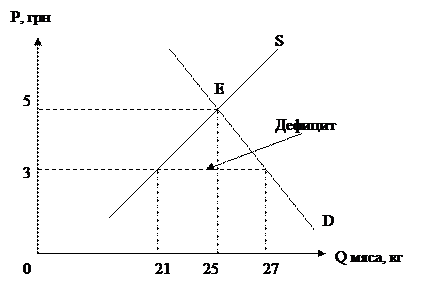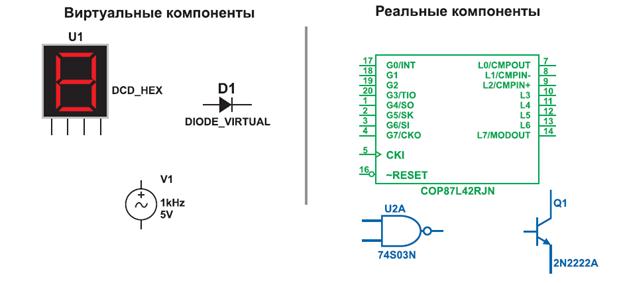Method invocations
For a method invocation, the primary-expression of the invocation-expression must be a method group. The method group identifies the one method to invoke or the set of overloaded methods from which to choose a specific method to invoke. In the latter case, determination of the specific method to invoke is based on the context provided by the types of the arguments in the argument-list. The binding-time processing of a method invocation of the form M(A), where M is a method group (possibly including a type-argument-list), and A is an optional argument-list, consists of the following steps: · The set of candidate methods for the method invocation is constructed. For each method F associated with the method group M: o If F is non-generic, F is a candidate when: · M has no type argument list, and · F is applicable with respect to A (§7.5.3.1). o If F is generic and M has no type argument list, F is a candidate when: · Type inference (§7.5.2) succeeds, inferring a list of type arguments for the call, and · Once the inferred type arguments are substituted for the corresponding method type parameters, all constructed types in the parameter list of F satisfy their constraints (§4.4.4), and the parameter list of F is applicable with respect to A (§7.5.3.1). o If F is generic and M includes a type argument list, F is a candidate when: · F has the same number of method type parameters as were supplied in the type argument list, and · Once the type arguments are substituted for the corresponding method type parameters, all constructed types in the parameter list of F satisfy their constraints (§4.4.4), and the parameter list of F is applicable with respect to A (§7.5.3.1). · The set of candidate methods is reduced to contain only methods from the most derived types: For each method C.F in the set, where C is the type in which the method F is declared, all methods declared in a base type of C are removed from the set. Furthermore, if C is a class type other than object, all methods declared in an interface type are removed from the set. (This latter rule only has affect when the method group was the result of a member lookup on a type parameter having an effective base class other than object and a non-empty effective interface set.) · If the resulting set of candidate methods is empty, then further processing along the following steps are abandoned, and instead an attempt is made to process the invocation as an extension method invocation (§7.6.5.2). If this fails, then no applicable methods exist, and a binding-time error occurs. · The best method of the set of candidate methods is identified using the overload resolution rules of §7.5.3. If a single best method cannot be identified, the method invocation is ambiguous, and a binding-time error occurs. When performing overload resolution, the parameters of a generic method are considered after substituting the type arguments (supplied or inferred) for the corresponding method type parameters. · Final validation of the chosen best method is performed: o The method is validated in the context of the method group: If the best method is a static method, the method group must have resulted from a simple-name or a member-access through a type. If the best method is an instance method, the method group must have resulted from a simple-name, a member-access through a variable or value, or a base-access. If neither of these requirements is true, a binding-time error occurs. o If the best method is a generic method, the type arguments (supplied or inferred) are checked against the constraints (§4.4.4) declared on the generic method. If any type argument does not satisfy the corresponding constraint(s) on the type parameter, a binding-time error occurs. Once a method has been selected and validated at binding-time by the above steps, the actual run-time invocation is processed according to the rules of function member invocation described in §7.5.4. The intuitive effect of the resolution rules described above is as follows: To locate the particular method invoked by a method invocation, start with the type indicated by the method invocation and proceed up the inheritance chain until at least one applicable, accessible, non-override method declaration is found. Then perform type inference and overload resolution on the set of applicable, accessible, non-override methods declared in that type and invoke the method thus selected. If no method was found, try instead to process the invocation as an extension method invocation.
|




